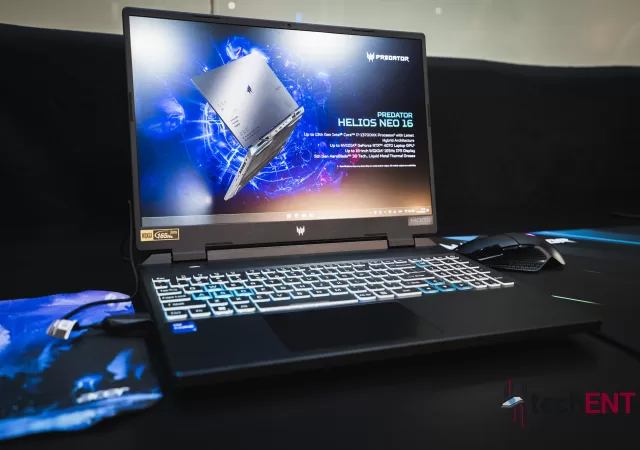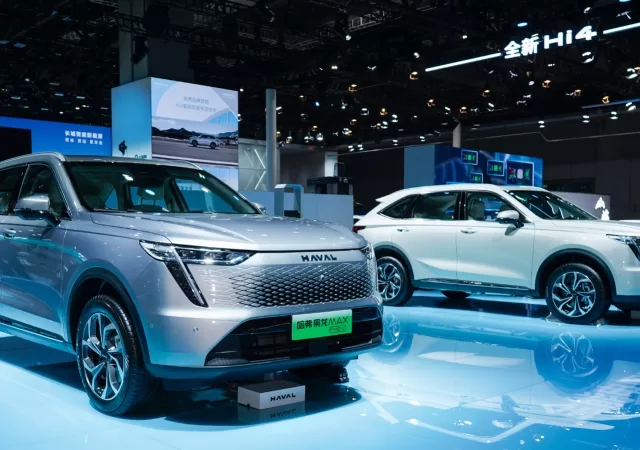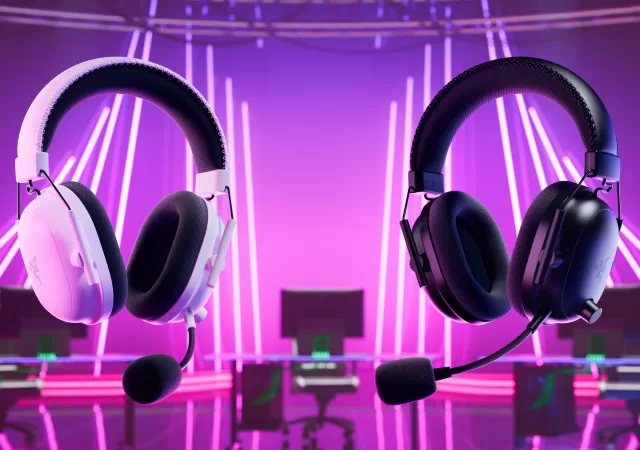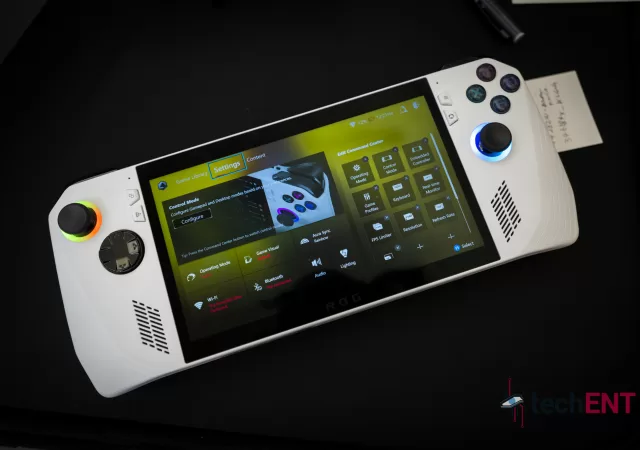Google has announced they are working on getting apps to work better in the background and foreground in partnership with Samsung.
Say Goodbye to Passwords with “Passkeys” for Google
Hacks, lost accounts and compromised emails may be a thing of the past with companies moving towards a “passwordless future”. Google is the latest to bring this future to the present with its introduction of “Passkeys”, a new way to…
Google Reveals the Pixel Fold, The Next Word in Foldables
Google has announced the Google Pixel Fold, their next foldable smartphone to be launched at Google I/O 2023 on the 10th of May 2023.
Acer’s Predator Helios Neo 16 Lands in Malaysia with Prices Starting at MYR4,899
Acer’s Predator Helios Neo 16 makes its Malaysian debut with two variants available in stores starting now!
GWM HAVAL Debuts Fierce Dragon MAX with Hi4 Technology at Auto Shanghai 2023
GWM HAVAL debuts their FIerce Dragon MAX at Auto Shanghai 2023 with their cutting edge Hi4 technology.
Razer Introduces the BlackShark V2 Pro – The New Benchmark in eSports Audio
Razer releases the BlackShark V2 Pro, their latest, and best wireless headphone made for competitive gamers.
Your Chromebook Can Be Your Video Workstation Now with Google Photos
Google has updated their Google Photos app on the Chromebook with the ability to edit videos quickly within the app.
Google Meet Now Supports Full HD 1080p Video Calls
Google Meet for select Google Workspace users now supports Full HD 1080p video calls as long as you have the hardware for it.
ROG’s Gaming Handheld Officially Announced, the ROG Ally is Live!
ASUS has officially announced their latest gaming concoction, the ROG Ally, set to launch on the 11th of May 2023.

















